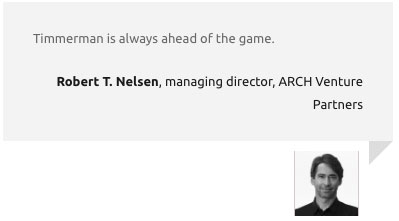Get In-depth Biotech Coverage with Timmerman Report.
4
Aug
2020
Akili Interactive Delivers Prescription Level Treatment via Video Games
Please subscribe and tell your friends why it’s worthwhile. Quality journalism costs money. When you subscribe to Timmerman Report at $169 per year, you reward quality independent biotech reporting, and encourage more.
























